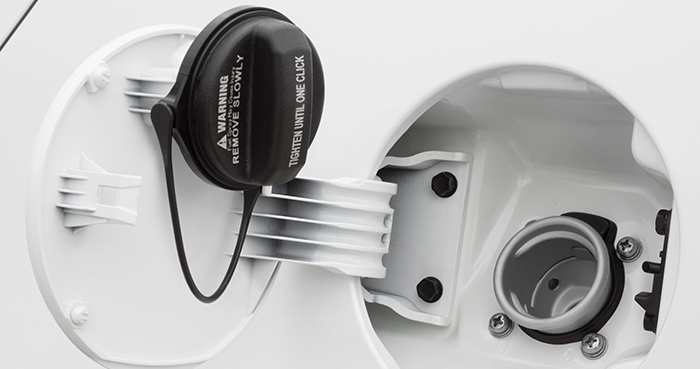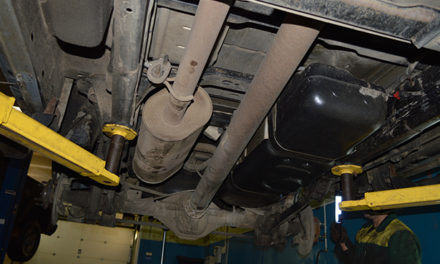There are at least three reasons you may need to empty a gas tank:
- Someone put the wrong fuel in.
- You need to drop the tank.
- You need to replace the fuel pump or sender unit.
Internet forums are full of advice on how to perform this task, but much is of questionable quality, so here are a few do’s and don’ts.
How Not To Empty
Siphoning gas through the filler is not the way to empty a gas tank. First off, many vehicles have anti-siphon valves in the filler pipe so a tube can’t be inserted. Second, you’ll need to either suck the gas up the tube or pressurize the tank. If you’ve ever tasted gasoline, you won’t want to repeat the experience. It’s nasty stuff.
Siphon kits come with a pump that pulls the gas out of the tank. These kits will probably work on your lawnmower, snowmobile, or other toys but not on your car or truck.
Pressurizing the tank entails feeding two tubes through the filler, applying air pressure via one to force the gas out the other. This can work, but if the tank is already leaking, the gas may find another way out.
Another school of thought says using the pressure valve on the fuel rail might be a good idea. You’ll need patience because it’s slow. The bigger problem is that it means having the engine running, so there’s a risk of getting gas on the exhaust manifold. Don’t forget that with no gas to push, a fuel pump can quickly burn out.






![[ FITMENT ] : This injector Replacement for Chevrolet Silverado 1500 HD/2500 HD/3500 ,SSR 5.3L 2003-2004,Tahoe 4.8L/5.3L 2001-2006,Trailblazer EXT 5.3L 2003-2004,Express 1500/2500/3500,For GMC Envoy XL 5.3L 2003-2004,Sierra 1500 4.8L/5.3L/6.0L,Savana...](https://m.media-amazon.com/images/I/51QXpREylkL._SL100_.jpg)




